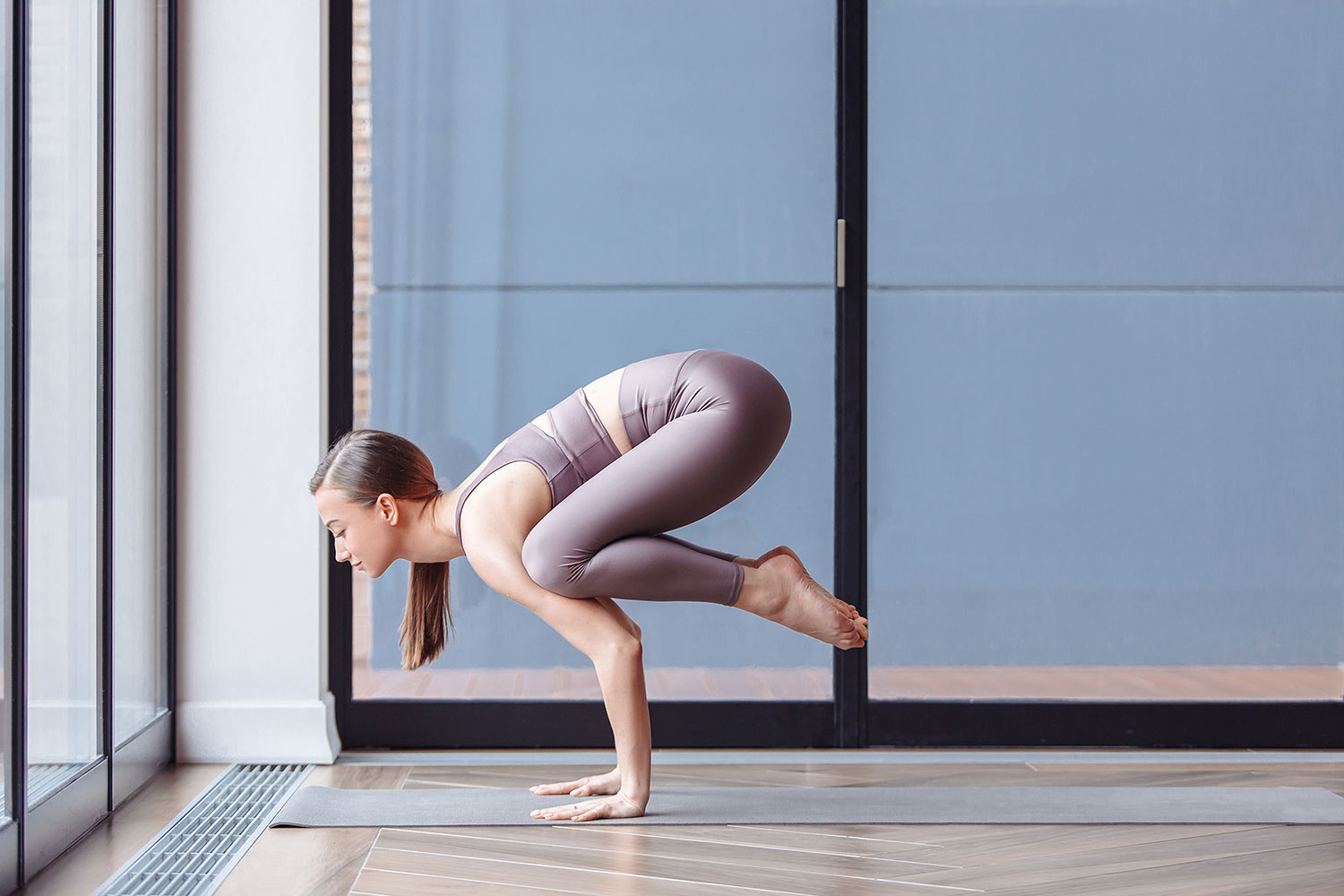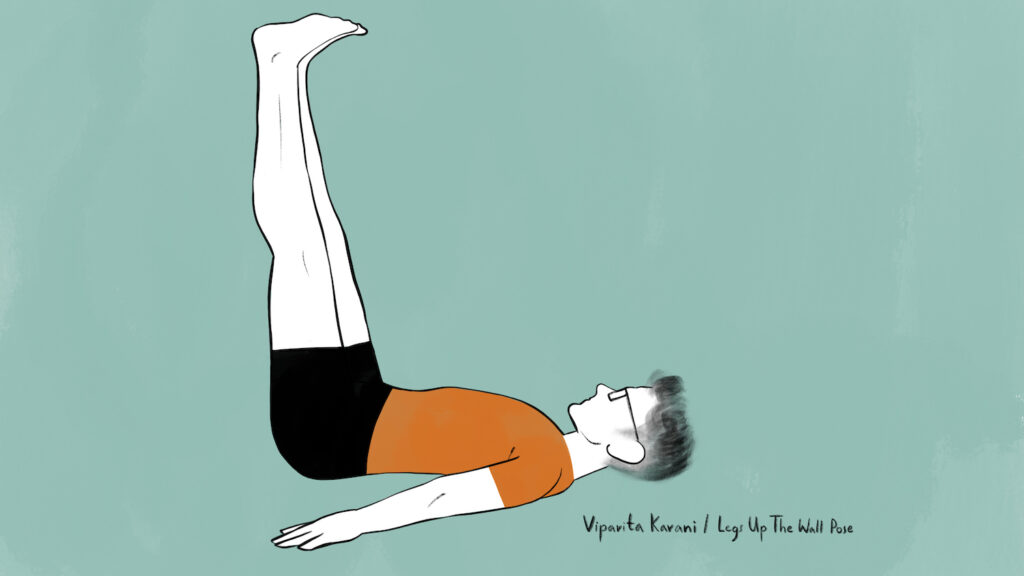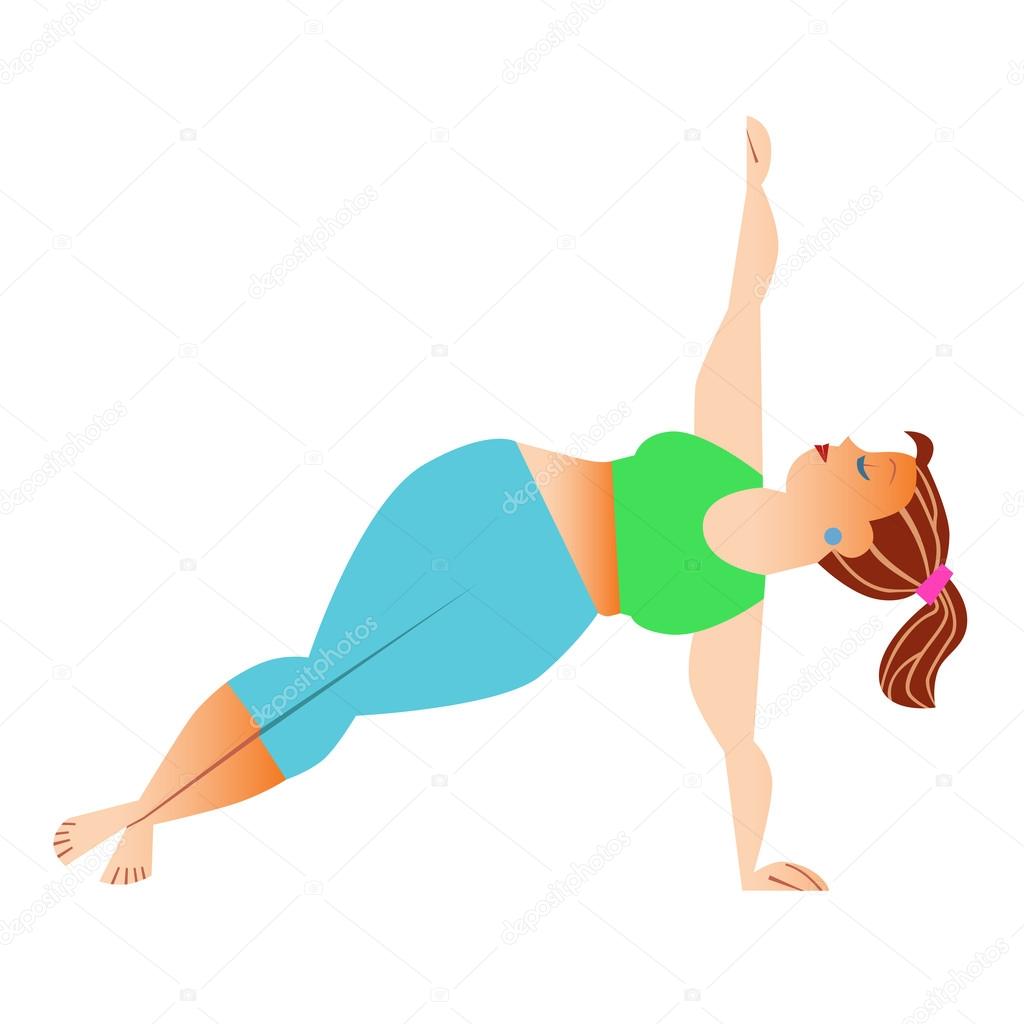
Ujjayi breath is a form of yoga breathing. Sometimes called the ocean breathing. It is used for relaxation and to strengthen the body. It's a great way for everyone to relax and it can be used by anyone. It's easy to do and takes only a few moments of your time.
Pranayama
Pranayama for Ujjai breathing should feel slow and smooth. The breath should feel soft and full in both the chest and the abdomen. Also, you should not hold your breath with tension. This can cause a negative effect on the practice. The sound you hear during this breathing exercise sounds like a whisper.
This can be done best if you are seated or cross-legged. When you breathe in, imagine a straw-like suction in your chest. Take twice as much air out than you put in. This process can be repeated five to ten times.
Neural breathing
Ujjayi's neural breath is an exercise that emphasizes breathing from the middle of the throat. The process is simple and easy to do. It's also highly efficient. A whisper is the sound that you hear when you breathe from the middle of your throat. The sound is very similar to that of wind blowing through a canyon.

This breathing technique relies on a partial constricting of the throat, chest, and abdomen during inhalation. The chest and abdomen contract during exhalation. This allows for increased lung capacity as well as oxygen transfer. It also increases blood, fluid and energy flow to the lungs. Ujjayi's neural breath is a great option.
Benefits
Ujjayi breathing can be a great way to reduce stress. This breathing technique involves deep inhalations through the nose and exhalations through the mouth. It helps the nervous system to calm down and releases stress and frustration. While many benefits of Ujjayi breathing are quite obvious, there are also more subtle benefits.
Ujjayi breathing helps to relax the body by slowing down the heart rate. It also slows down our mind, which allows us to remain present. During practice, you need to be aware of your breathing patterns. You should keep these in mind throughout the entire session. You want to achieve maximum benefits by finding a comfortable pattern of breathing.
Demonstration
Ujjayi breathing means that the vocal folds are held in a tight position similar to whispering. The vocal folds regulate the sound made by wind. This breathing method also involves breathing from the back of the throat, which is called the trachea.
Ujjayi breathing is a form of yoga breathing. A yoga teacher can demonstrate ujjayi breath properly. During the demonstration you should turn off the music and simply listen to the ocean sound from your breath.

Inhaling
Start by slowly inhaling and exhaling through your nose. The inflow and exhalation should sound like the ocean. You can keep your mouth closed when exhaling and just focus on the sound. You should hear it, but not anyone else.
Next, tone your throat. Imagine that your glasses are fogged, and hear a soft hissing sound. This tone should continue as you inhale through your nose. Your throat should feel slightly constricted, and your nostrils need to remain open.
FAQ
I am already doing some form of physical activity. Is yoga still a good option?
Yes! Yes! Yoga can improve your training results, even if you're not very active. When you combine yoga and other exercises like running, biking, swimming, or lifting heavy weights, you will see more results.
This is because yoga helps to improve your ability to concentrate on breathing and burn calories more quickly.
Yoga can also help you increase your endurance. No matter your level of experience, yoga can bring you the benefits.
Can I join classes with others?
It depends on the class. Some teachers offer private lessons only. Others offer group classes where you can meet other students in the class.
Studio owners may offer classes within classes, which are small groups of people who share similar interests and goals.
How long does it take for yoga to be effective?
It takes time to practice yoga, but it is always a good workout. It takes time and effort to build strength, flexibility and endurance. You start slow and then gradually increase the intensity until you reach an optimal level.
Consistency will be the key. The more you practice, the better it will be.
What are the benefits of yoga for your health?
Yoga is an ancient Indian practice. Hindu monks developed it over several centuries as a way to improve physical fitness and mental well-being. Yoga is used by many people for stress relief and relaxation. Some believe that yoga helps them build strength and flexibility.
Yoga can also improve balance and coordination. This makes it an excellent exercise for older adults who wish to remain active. It can prevent injuries from falling or other causes.
Yoga is good for your heart because it strengthens your cardiovascular system. If you are overweight, have high bloodpressure, or have diabetes, yoga can be a great option.
Yoga reduces stress and anxiety as well as depression and insomnia. This can lead to chronic pain. Yoga may be particularly beneficial for those suffering from arthritis or fibromyalgia.
Your muscles lose elasticity as you age. Yoga can keep your muscles flexible and strong. As you get older, you'll notice that yoga increases your energy and stamina.
The National Institute on Aging says that regular yoga has been shown to reduce symptoms of depression, such as fatigue and feelings of hopelessness. The institute also reports that yoga can help lower cholesterol levels and increase bone density.
Yoga also can help relieve back pain and headaches. Yoga's slow pace, gentle movements and effectiveness in relieving muscle spasms can be attributed to its effectiveness for strains and muscular spasms.
Statistics
- The people in the yoga group were 37 percent more likely to have quit smoking by the end of the 8-week program. (nccih.nih.gov)
- Gentle yoga has been shown to ease some of the discomforts of tender, swollen joints for people with arthritis, according to a Johns Hopkins review of 11 recent studies. (hopkinsmedicine.org)
- In comparison, a 125-pound person is estimated to burn 135 calories in 30 minutes of walking (at a pace of 15-minute miles) and 210 calories bicycling at a moderate pace on a stationary bike. (everydayhealth.com)
- A 2020 review of 27 studies (1,805 total participants) of yoga interventions in children or adolescents found reductions in anxiety or depression in 70 percent of the studies, with more promising results for anxiety. (nccih.nih.gov)
- The American Psychological Association recently shared that 84% of American adults feel the impact of prolonged stress (5). (healthline.com)
External Links
How To
Where is the best spot to practice yoga?
There is no one right way to do yoga. Each person has their style. Only you need to choose the positions that feel most comfortable.
These are some of the most common positions:
Standing poses – Standing poses are perfect for beginners. It is also easier to focus on your breathing with these poses.
Forward bends- Forward bends can often be used to release tight areas. These can be done while you are sitting or lying down.
Backbends – Backbends are considered to be advanced poses. Ask your instructor for advice if you're interested in trying it.
Inversions - These are poses that require you upside down to balance. This type is challenging, but rewarding.